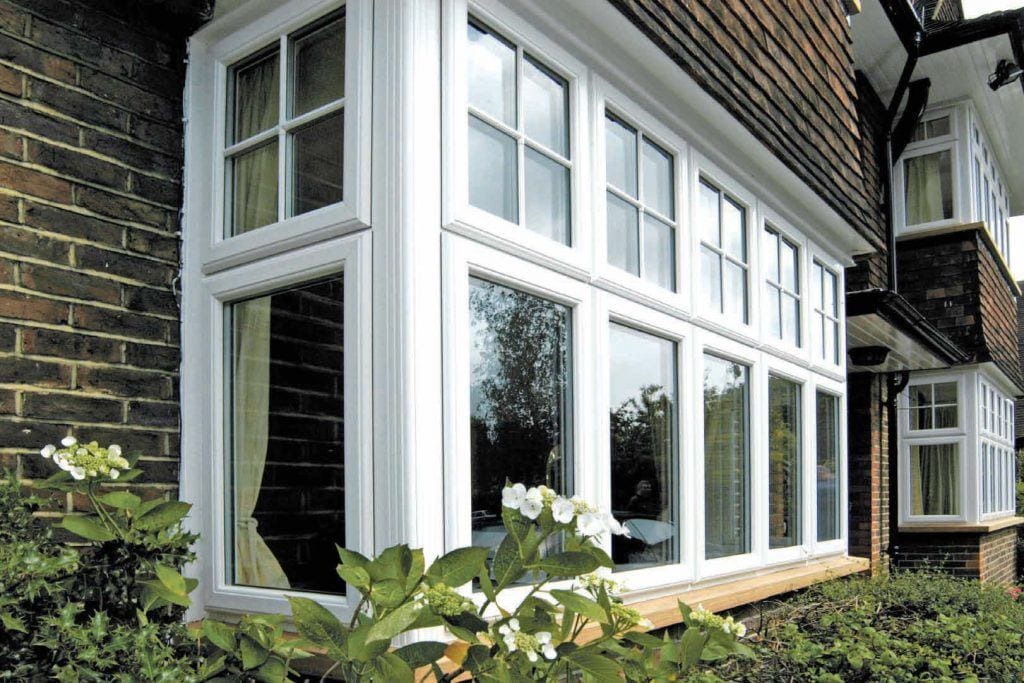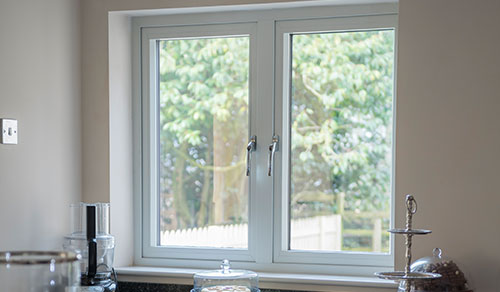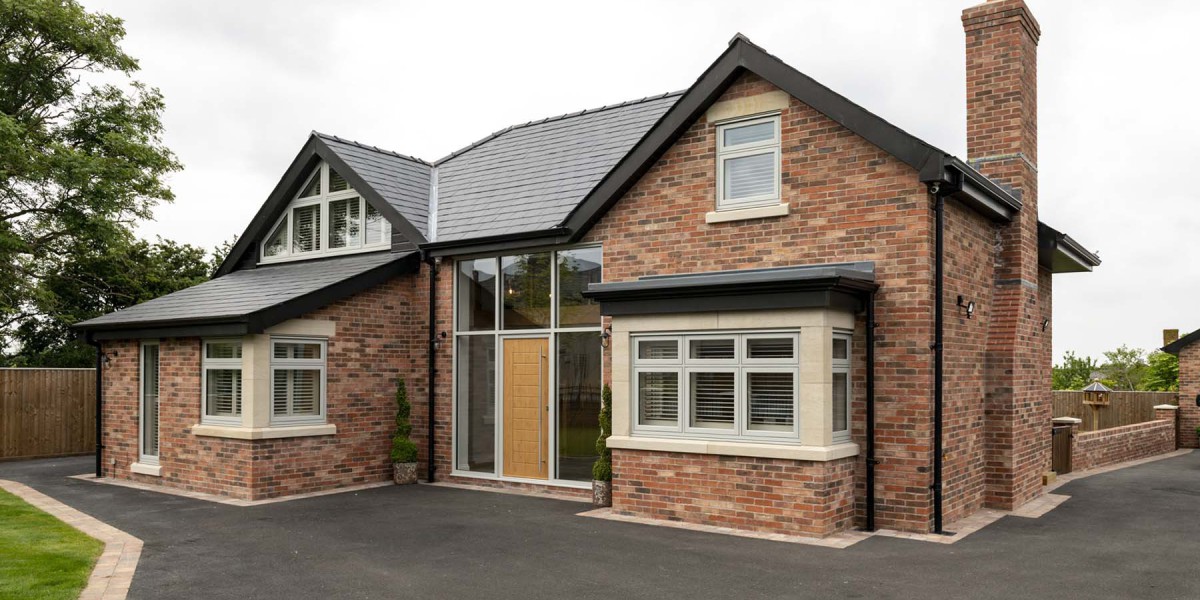
Double glazing is a popular choice among homeowners looking to enhance their living environment while improving energy efficiency. This article delves into the intricacies of double glazing, including its benefits, types, and installation process, providing a comprehensive overview for those considering this upgrade.
What is Double Glazing?
Double glazing refers to the installation of two panes of glass in a window frame, with a space between them that is typically filled with air or gas. This design significantly improves insulation compared to single-pane windows, which consist of only one layer of glass. The space between the panes acts as a barrier, reducing the transfer of heat and noise between the interior and exterior of a building.

Benefits of Double Glazing
- Energy Efficiency: One of the primary advantages of double glazing is its ability to reduce energy consumption. By minimizing heat loss during winter and keeping interiors cooler in summer, double-glazed windows can lead to lower heating and cooling bills. Many homeowners report savings of up to 20% on their energy costs after upgrading to double glazing.
- Noise Reduction: Double glazing is an effective sound barrier. The two layers of glass, combined with the air or gas-filled space, significantly dampen external noise, making it ideal for homes located in busy urban areas or near airports. This can create a more peaceful and comfortable living environment.
- Increased Security: Double-glazed windows are generally more difficult to break than single-pane windows. The additional layer of glass and the frame's structural integrity provide an extra level of security, deterring potential intruders.
- UV Protection: The glass used in double glazing can be treated to block harmful ultraviolet (UV) rays from the sun. This helps protect furniture, carpets, and artwork from fading, extending their lifespan and maintaining the aesthetic appeal of your home.
- Condensation Reduction: Double Glazing St Albans glazing can help reduce condensation on windows, which is often a problem with single-pane glass. The insulated space between the panes maintains a more consistent temperature, minimizing the likelihood of moisture build-up.
Types of Double Glazing
Double glazing comes in various forms, each designed to meet specific needs and preferences:
- Standard Double Glazing: This is the most common type, featuring two panes of glass with an air gap in between. It provides excellent insulation and noise reduction.
- Low-E Double Glazing: Low-emissivity (Low-E) glass is coated with a thin layer that reflects heat back into the room while allowing natural light to enter. This type of glazing is particularly effective in enhancing energy efficiency.
- Argon Gas-Filled Double Glazing: In this type, the space between the panes is filled with argon gas instead of air. Argon is denser than air, providing better insulation and reducing heat transfer.
- Triple Glazing: While not strictly double glazing, triple glazing consists of three panes of glass. This option offers even greater insulation and noise reduction but may be more expensive and heavier than double-glazed windows.
- Acoustic Double Glazing: Designed specifically for sound insulation, acoustic double glazing uses specialized glass and increased spacing to minimize noise pollution. This is ideal for homes in high-noise areas.
Installation Process
Installing double glazing is a complex process that typically requires professional assistance. Here’s a general overview of the steps involved:
- Assessment and Measurement: A professional will assess your current windows and take precise measurements to ensure the new double-glazed units fit perfectly.
- Choosing the Right Glass: Depending on your needs, you can choose from various types of double glazing, including Low-E, argon gas-filled, or acoustic glass.
- Removal of Old Windows: The existing windows will be carefully removed to avoid damage to the surrounding structure.
- Preparation of the Frame: The window frames may need to be repaired or reinforced to accommodate the new double-glazed units.
- Installation of New Windows: The double-glazed units are installed, ensuring they are sealed properly to prevent drafts and moisture ingress.
- Finishing Touches: Once installed, any necessary finishing work, such as painting or sealing, will be completed to ensure a polished look.
- Final Inspection: A thorough inspection is conducted to ensure everything is installed correctly and functioning as it should.
Cost Considerations
The cost of double glazing can vary widely based on several factors, including the size of the windows, the type of glass chosen, and the complexity of the installation. On average, homeowners can expect to pay anywhere from $300 to $1,000 per window, including installation. While the initial investment may seem steep, the long-term savings on energy bills and the added comfort and security often justify the expense.
Conclusion
Double glazing is an effective solution for homeowners looking to improve energy efficiency, reduce noise, and enhance security. With various types available, it is essential to choose the right option that meets your specific needs. While installation may require professional assistance, the benefits of double glazing make it a worthwhile investment for many households. By understanding the advantages, types, and installation process, you can make an informed decision about upgrading your windows to double glazing, ultimately leading to a more comfortable and cost-effective home.







